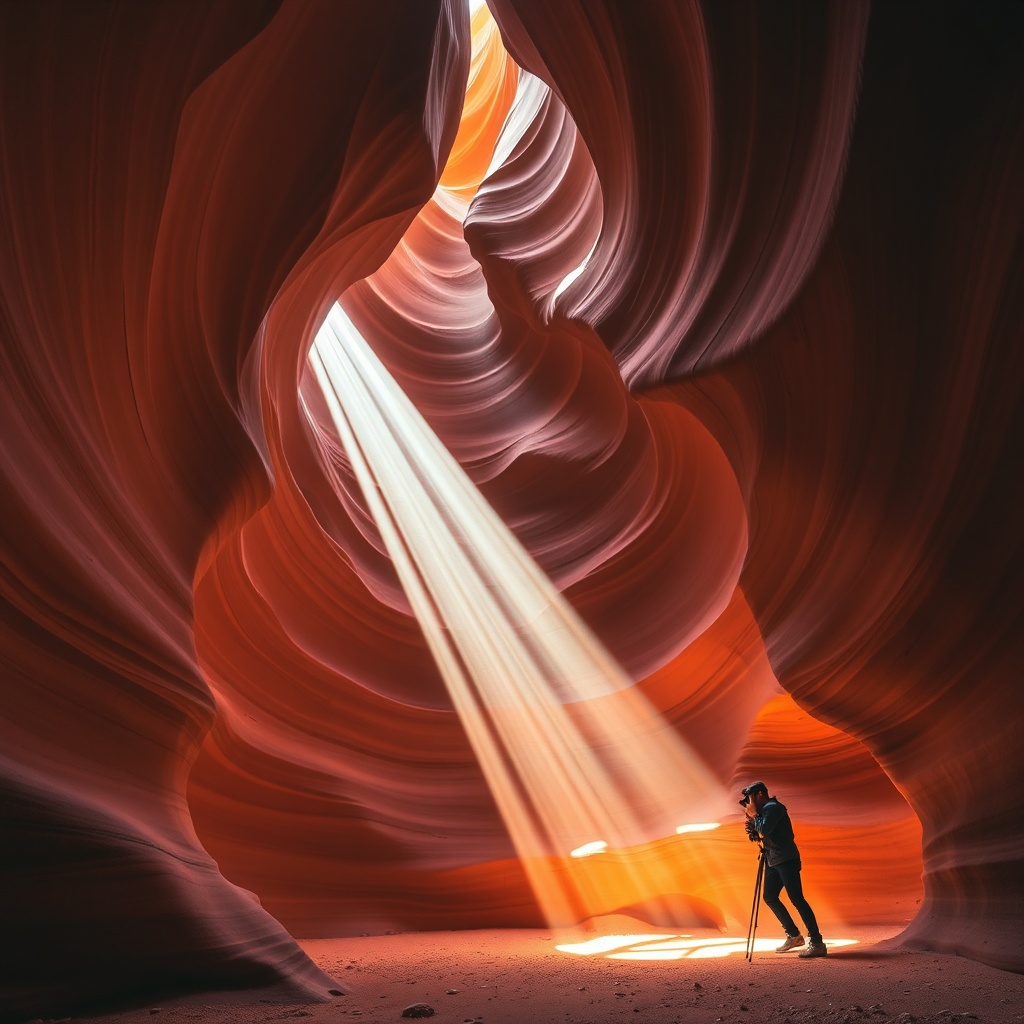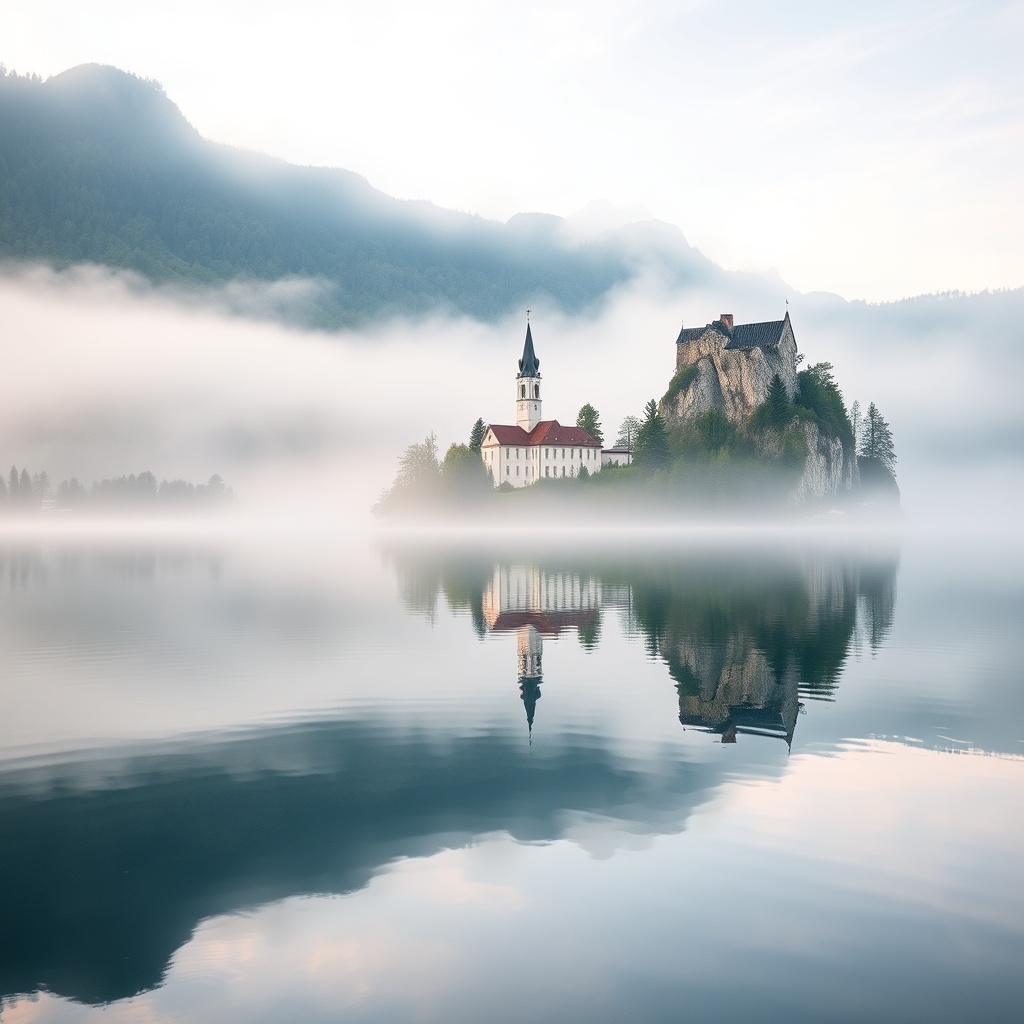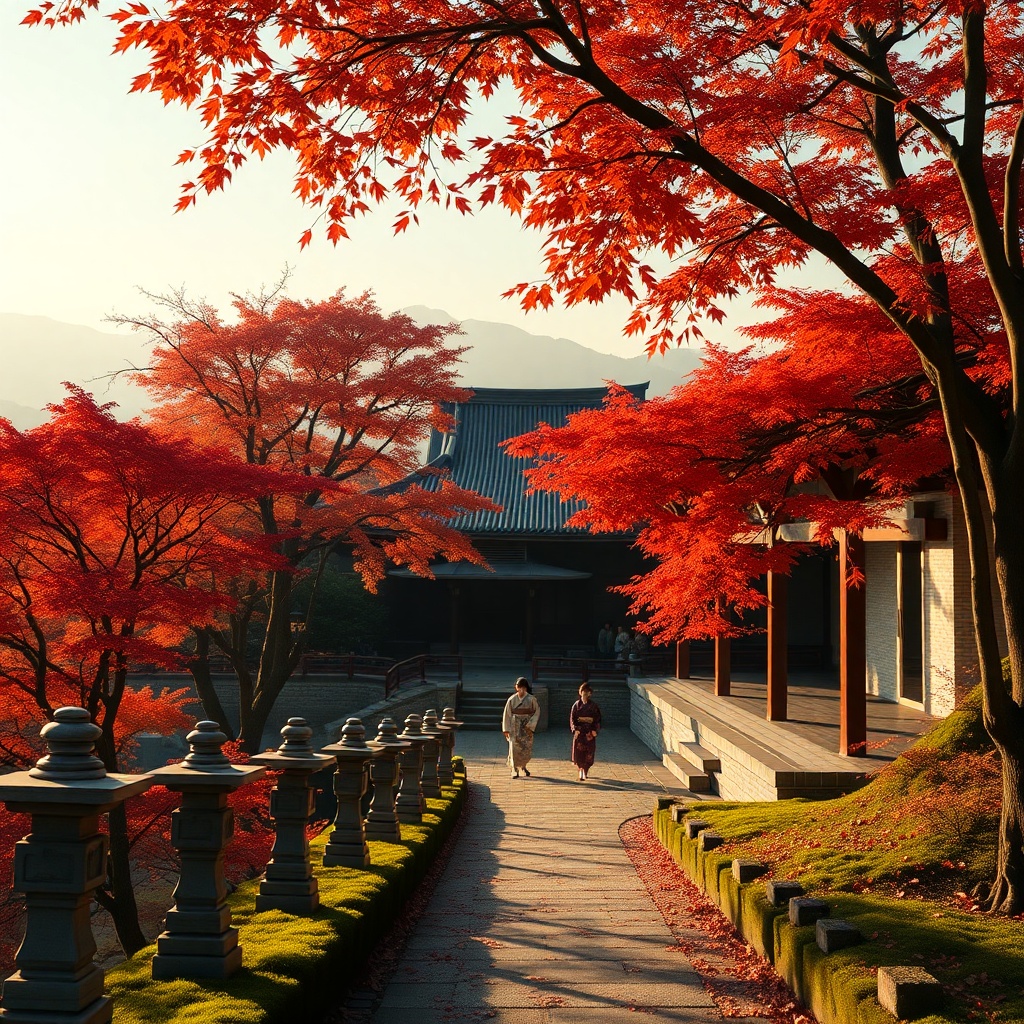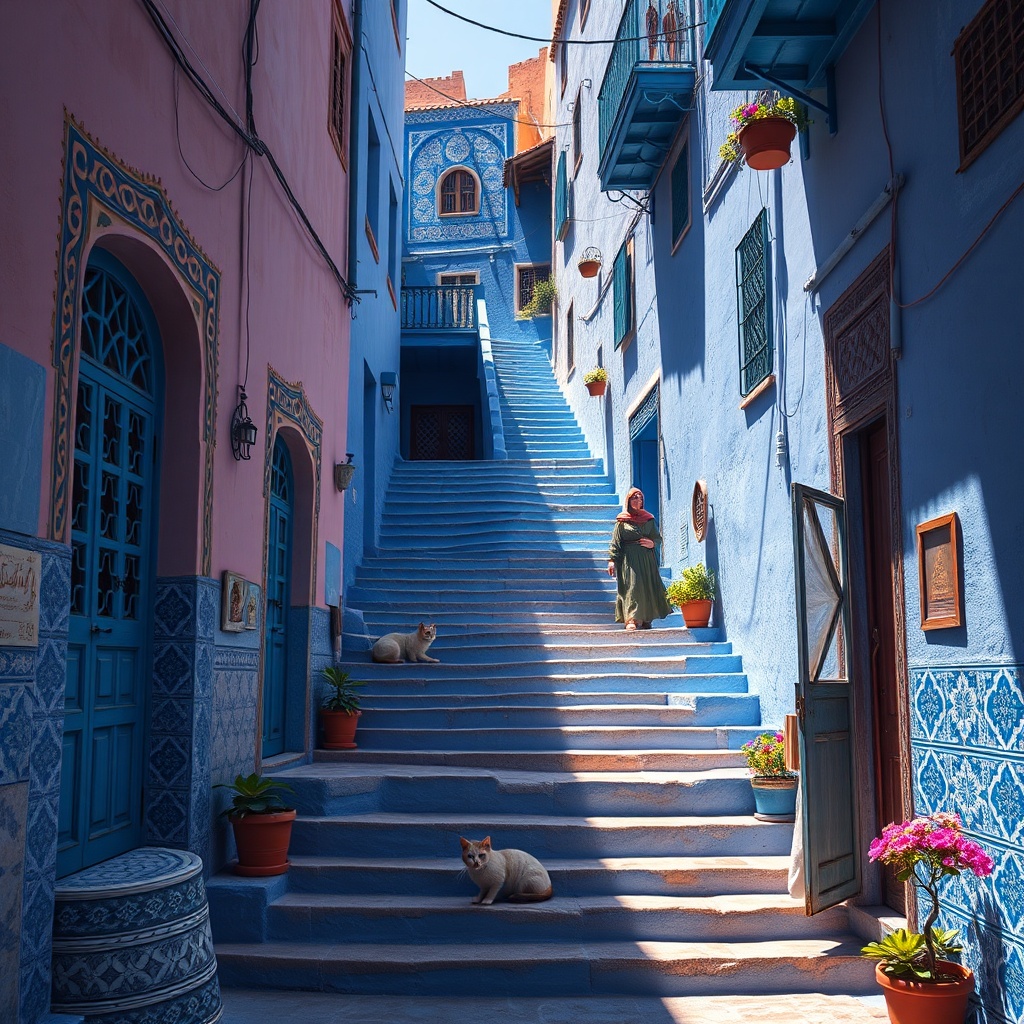a world travel destination where photography becomes art
Are you ready to let your camera lens fall in love? What if you could step into places where every glance yields a masterpiece and every shadow holds a story? Welcome, fellow dreamer and visual storyteller! In this blog, we will traverse continents and cultures, seeking out destinations where travel and photography fuse into pure artistry. Whether you’re a seasoned photographer or a casual traveler with a smartphone, these world-famous hotspots promise light, texture, and emotion that inspire creativity—and remind us why travel is, at its heart, an act of seeing more. So come along, as I share recent firsthand reviews and tips from the last week at the most photogenic places around the globe. Your next unforgettable shot might be closer than you think. Let’s begin the journey of turning moments into timeless works of art!

Antelope Canyon in Arizona is a world-renowned destination where photography transforms into pure art. Nestled beneath the sun-scorched desert, this slot canyon offers a magical interplay of light and stone that has captivated photographers and travelers alike for decades.
Following the classic storytelling arc, let's embark on a journey through Antelope Canyon, uncovering why it is considered one of the planet's most enchanting photography hotspots.
Most people know Arizona for its vast deserts and the Grand Canyon. Yet, beneath the surface, hidden in the Navajo land, lies a world of swirling sandstone corridors and shifting beams of light. This is where everyday reality ends and the extraordinary begins.
Travelers and photographers are drawn to Antelope Canyon by stories and images of its ethereal beauty. The promise of capturing the iconic 'liquid light'—those sunbeams slicing through the narrow canyon—calls creatives from around the globe.
Some hesitate, daunted by the harsh desert climate, the need for permits, or the crowds that flock to this natural wonder. But the desire to witness and immortalize the canyon's beauty outweighs these concerns for most.
Local Navajo guides play a crucial role, sharing not only their knowledge of the canyon's geology and history but also insider tips for the best times and angles to photograph the light beams and colors. Their wisdom is invaluable for anyone seeking to elevate their landscape photography skills.
Stepping into Antelope Canyon is like entering another realm. The world above fades away, replaced by winding passages, smooth walls sculpted by centuries of flash floods, and the anticipation of that perfect shot.
Inside, photographers face unique challenges: shifting light, narrow spaces, and fleeting moments when the sun aligns just right. Patience, creativity, and technical mastery are tested. Yet, fellow travelers and guides become allies, sharing advice and encouragement.
The true test comes when the light finally streams in. The pressure to capture the perfect image in a matter of seconds is intense. But with preparation and an open mind, the reward is a photograph that transcends mere documentation—it becomes art.
Emerging from the canyon, you carry more than just photos. You gain a deeper appreciation for nature's artistry and the importance of being present in the moment. The images you create become lasting reminders of a place where light and earth dance in harmony.
- Timing is everything: The best light beams occur from late morning to early afternoon, especially in summer.
- Bring the right gear: A wide-angle lens, tripod, and dust protection for your camera are essential for landscape photography in the canyon.
- Respect the land: Antelope Canyon is sacred to the Navajo people. Always follow guide instructions and preserve the site for future generations.
- Embrace patience: Crowds and fleeting light can be challenging, but patience often leads to the most rewarding shots.
| Aspect | Tip | Benefit |
|---|---|---|
| Lighting | Visit midday for strongest beams | Maximizes dramatic photo opportunities |
| Equipment | Use wide-angle lens and tripod | Captures more of the canyon's curves and light |
| Mindset | Stay flexible and creative | Adapts to changing conditions for unique shots |
Why Antelope Canyon Inspires Artists and Travelers ▼
Antelope Canyon's ever-changing light and organic forms make it a living canvas. Every visit is different, offering new colors, shapes, and photographic challenges. This is why so many return, seeking not just a photo, but a transformative experience.
In summary, Antelope Canyon is more than a destination—it's a place where nature, light, and creativity converge. Whether you're a seasoned photographer or a curious traveler, this slot canyon offers lessons in patience, artistry, and the magic of being present. Let your next journey to Antelope Canyon remind you that sometimes, the most profound art is created by simply witnessing the world in a new light.

Imagine waking up before dawn, stepping outside, and being greeted by the ethereal beauty of Lake Bled in Slovenia. The lake is shrouded in a gentle morning mist, its surface mirroring the iconic Bled Island and the medieval castle perched on a dramatic cliff. For photographers, this is not just a destination—it's a canvas where nature and light collaborate to create living art.
Lake Bled is a place where photography becomes a journey of discovery. The interplay of mist, water, and ancient architecture offers endless opportunities for both seasoned and aspiring photographers. The reflections are so perfect that they blur the line between reality and dream, making every shot unique and deeply personal.
Why Lake Bled is a Must-Visit for Photographers
- Mystical Atmosphere: The morning fog creates a magical, almost otherworldly mood, ideal for capturing atmospheric landscape photos.
- Iconic Landmarks: Bled Island, with its picturesque church, and Bled Castle, offer striking focal points for your compositions.
- Seasonal Variety: Whether it's autumn's golden hues, winter's snowy blanket, or spring's vibrant greens, each season transforms the scene.
- Accessible Vantage Points: Several hiking trails lead to panoramic viewpoints, such as Ojstrica and Mala Osojnica, providing sweeping vistas perfect for wide-angle shots.
| Photography Element | Why It Matters | Lake Bled Example |
|---|---|---|
| Reflection | Creates symmetry and depth | Mirror-like lake surface at sunrise |
| Mist | Adds mood and mystery | Softens outlines, enhances atmosphere |
| Golden Hour | Best natural lighting | Warm tones over castle and island |
| Architecture | Provides a focal point | Bled Castle and Church of the Assumption |
Tips for Capturing Lake Bled’s Magic ▼
- Arrive early to catch the mist before it dissipates—this is when the reflections are most vivid.
- Experiment with long exposures to smooth the water and intensify the dreamy effect.
- Use a polarizing filter to manage glare and enhance colors, especially during autumn.
- Explore different vantage points around the lake for diverse perspectives.
Visiting Lake Bled is more than just ticking off a bucket-list destination. It’s about slowing down, observing the subtle changes in light and weather, and letting the landscape inspire your creativity. Whether you’re shooting with a professional camera or a smartphone, the serenity and timelessness of Lake Bled will elevate your photography to new heights.
Key Takeaway:
Lake Bled is not just a spot for beautiful pictures—it's a place where art and nature merge, inviting you to see the world through a more poetic lens. Let the misty mornings and timeless reflections remind you that sometimes, the most enchanting moments are the quietest ones.

Imagine stepping into a world where every leaf, temple, and lantern seems to glow with purpose—this is Kyoto in autumn. The ancient capital of Japan transforms into a living canvas, making it a dream destination for both passionate photographers and curious travelers.
According to Harmon's storytelling law, every journey starts with a sense of comfort before venturing into the unknown. In Kyoto, your journey begins in the familiar embrace of city life, but as you wander into its gardens and shrines, you cross a threshold into an enchanting realm where nature and tradition merge.
Why Kyoto in Autumn is a Photographer's Paradise
- Unmatched Color Palette: The fiery reds, deep oranges, and shimmering golds of maple and ginkgo trees paint the city in hues that seem almost surreal. Every park and temple garden becomes a masterpiece, inviting you to capture its fleeting beauty.
- Cultural Immersion: Kyoto's autumn is not just about scenery. It's a time when traditional festivals, tea ceremonies, and kimono-clad locals add depth and authenticity to your photos, telling stories beyond the landscape.
- Architectural Harmony: Ancient wooden temples, stone lanterns, and winding paths are framed by vibrant foliage, creating iconic compositions that blend history with the present moment.
| Location | Best Time for Photography | Unique Features |
|---|---|---|
| Tofuku-ji Temple | Mid-November | Maple tree valleys, Zen gardens |
| Arashiyama | Late November | Bamboo groves, river views, autumn canopy |
| Kiyomizu-dera | Late November | Panoramic city views, illuminated nights |
As you journey deeper into Kyoto's autumn, you may find yourself challenged by the crowds or the fleeting nature of the leaves. But this is where the magic lies—learning to wait for the perfect light, discovering hidden corners, and connecting with locals who share stories about their city. This stage of the journey, as Harmon describes, is about adaptation and growth.
Returning from Kyoto, you carry more than just photographs. You bring back a renewed appreciation for the art of observation, patience, and the subtle interplay between nature and culture. Your photos become more than images—they are memories woven with emotion and insight.
Practical Tips for Capturing Kyoto's Autumn
- Arrive early to popular spots to catch the soft morning light and avoid crowds.
- Explore lesser-known temples and backstreets for unique perspectives.
- Engage with locals—sometimes a simple conversation leads to the most memorable photo opportunities.
- Pack a tripod for low-light shots during evening illuminations.
Kyoto in autumn is more than a destination—it's a transformative experience for anyone with a camera and a curious heart. Whether you're seeking inspiration, honing your photography skills, or simply longing for beauty, Kyoto invites you to see the world as art in motion.

Imagine wandering through a city where every corner, every wall, and every stairway seems to have been dipped in the richest shades of blue. Welcome to Chefchaouen, Morocco’s iconic Blue City, a destination where photography truly becomes art and geometry comes alive in the interplay of light and color.
At first glance, Chefchaouen might seem like a simple mountain town. But as you step into its winding medina, you enter a living canvas. The blue-washed walls, doors, and alleyways are not just beautiful—they are meticulously designed to reflect the city’s history, culture, and the harmony between nature and architecture. For travelers and photographers alike, this is a paradise where every frame tells a story.
Chefchaouen’s charm lies in its magical geometry. The city’s streets form a labyrinth of zigzags and spirals, each turn revealing a new pattern of tiles, arches, and steps. Sunlight dances on the blue surfaces, creating a dynamic play of shadows and highlights. This ever-changing light is a gift for photographers, offering endless opportunities to capture unique compositions at different times of day.
Notice how the repetition of shapes—arched doorways, tiled steps, and wrought-iron window grilles—creates a sense of rhythm and balance. These elements, combined with the city’s signature blue palette, transform ordinary scenes into extraordinary works of art. Even amateur photographers can produce stunning images here, simply by paying attention to lines, angles, and contrasts.
The blue color is more than just a visual delight; it’s deeply rooted in Chefchaouen’s identity. Some say it was introduced by Jewish refugees in the 15th century, symbolizing the sky and spirituality. Others believe it helps keep mosquitoes away or cools the city in the summer heat. Whatever the reason, the blue has become a unifying theme, turning the city into a cohesive, photogenic masterpiece.
For those passionate about travel photography, understanding this context adds depth to every shot. You’re not just capturing a pretty facade—you’re preserving a piece of living history, a tradition that continues to inspire both locals and visitors.
- Embrace Early Morning Light: The soft, golden light at sunrise brings out the richness of the blue tones and adds a gentle glow to the city’s textures.
- Look for Symmetry and Patterns: Find repeating shapes and align your camera to highlight the city’s geometric harmony.
- Include Local Life: Photographing residents in traditional clothing or daily routines adds authenticity and storytelling power to your images.
- Experiment with Angles: Shoot from low or high perspectives to emphasize the depth and structure of the alleyways.
- Capture Details: Focus on door knockers, mosaic tiles, and intricate ironwork to showcase the city’s craftsmanship.
Visiting Chefchaouen is more than a visual experience—it’s a lesson in mindful observation. Here, you learn to slow down, notice subtle variations in color, and appreciate the beauty of simple forms. This shift in perspective is invaluable, not just for photography, but for life itself. It reminds us that art is everywhere, waiting to be discovered through a curious lens.
So, whether you’re a seasoned photographer or a curious traveler, Chefchaouen invites you to see the world through new eyes. Let its magical geometry inspire your creativity, and carry that sense of wonder into your everyday life.
| Aspect | Photography Insight | Life Lesson |
|---|---|---|
| Color | Use color to evoke emotion and tell a story | Find beauty in the details of daily life |
| Geometry | Frame images with lines and shapes for balance | Seek harmony and order in your surroundings |
| Light | Photograph at different times for varied moods | Appreciate change and adapt to new perspectives |